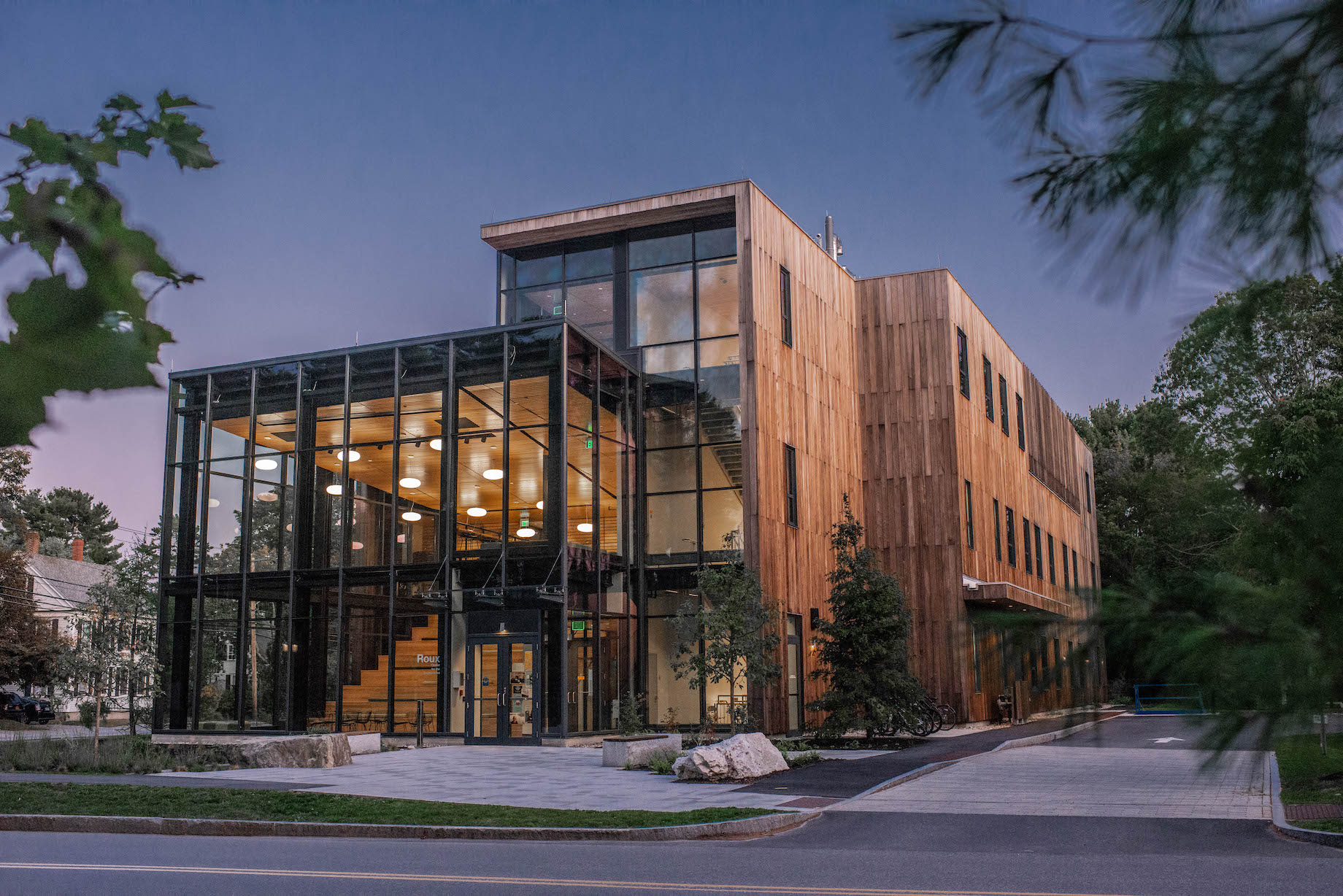Facilities
Bowdoin also continues to make significant improvements to the accessibility of its historic buildings and is committed to making its historic campus accessible to all individuals. Learn more about the evolution and direction of the Bowdoin College campus from 2018 to 2025 in key areas including academic and administrative office realignment, teaching and learning initiatives, student initiatives, sustainability, renovation and adaptive reuse, and accessibility and inclusion in this interactive experience or the accessible text-only version of the information.
An accessibility resource map provides information on the accessible features of campus facilities including parking, routes, and elevators.
- Campus signage
- Better parking
- Accessible routes
- Railing in front of the Buck Center
- Door openers installed in campus residences and buildings
- Hearing loops in public meeting spaces
Ongoing Facility Improvements
Efforts to improve campus spaces are ongoing. Using a comprehensive audit of our facilities performed in 2015, the Accessibility Task Force and facilities management prioritizes building improvements and resulting modifications are made on an annual basis. All renovations to existing spaces conform to applicable standards and primary consideration is given to the accessibility needs of persons with disabilities throughout the design process.
Examples: Ramps added to buildings for easier access, hearing loops in event spaces, railings to make routes safer, lowering of door thresholds, reducing the pull weight of doors for easier opening, adding a variety of seating sizes.
New Facilities
All new buildings meet or exceed ADA guidelines and facilities management has licensed design professionals on staff who help in creating fully accessible, inclusive spaces.
Examples: Park Row Apartments, Harpswell Street apartments, The Mills Center, the Center for Arctic Studies, the Roux Center for the Environment, and the Whittier Field locker room and grandstand.
Historical Facilities
Without altering the look and feel of what makes Bowdoin a unique and special place—it is a continual goal that our historical buildings be made accessible to the maximum feasible in consideration of the historical significance of the building and related structural barriers. (If physical access to a historical building is not feasible, alternative methods for accessing campus programs and activities will be made available).
Examples: Adams Hall, built in 1861, now has an elevator addition to the outside of the building. An accessible bathroom and exterior ramp were added to the Russwurm House, and a selection of apartments in Brunswick apartments have been remodeled in accordance with ADA standards.
